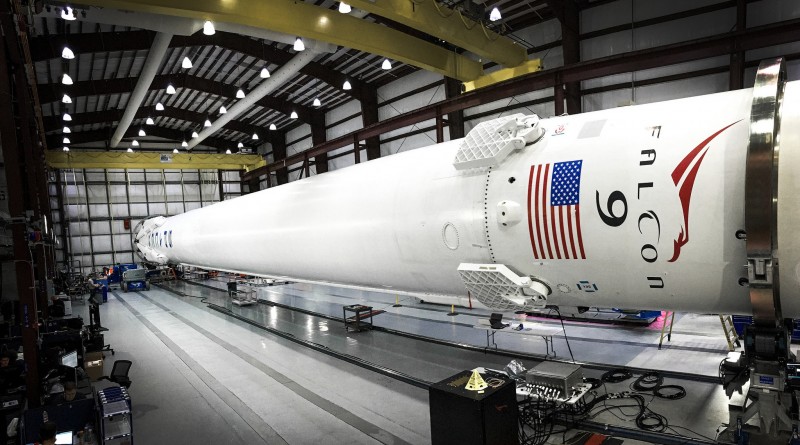SpaceX sets SES-9 Launch Date, hopes to manage busy Manifest with rapid Launch Pace
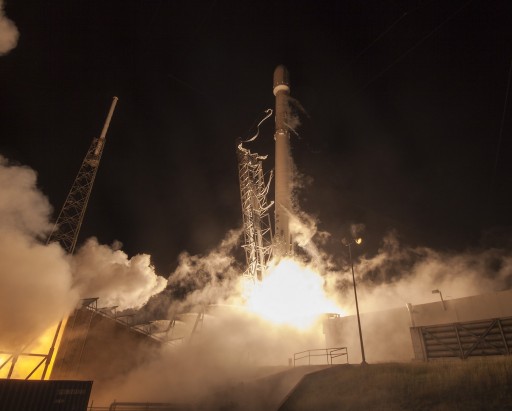
Satellite operator SES announced on Monday that the SES-9 satellite is targeting a February 24 launch atop a SpaceX Falcon 9 rocket flying in its recently debuted Full Thrust version. The mission suffered a delay from a late December launch slot due to unspecified issues uncovered on the Falcon 9 FT launch vehicle after its debut mission on December 21. Following the SES-9 mission, SpaceX hopes to ramp up its launch pace to tackle a backlog in missions waiting for liftoff over the course of the year.
The more-powerful Falcon 9 FT, featuring up-rated and modified engines, a sub-cooled propellant mixture and stretched second stage tanks, flew for the first time in December to carry 11 Orbcomm Second Generation Satellites into orbit. While the launch – also marking the return to flight of the Falcon 9 after last June’s failure – was a complete success, SpaceX took it one step further in successfully returning the first stage to a flat landing pad established at Cape Canaveral.
Originally, SES-9 was first on the firing line and expected to take its spot atop the Falcon 9 Return to Flight in December, though SpaceX and SES opted to put Orbcomm first as a risk-reduction measure. As a flight to Low Earth Orbit, the OG2 mission did not require an in-space re-start of the modified MVac engine on the second stage and provided an opportunity to test the re-start after the primary satellite-delivery mission was complete to ensure SES-9 would have no trouble during the two-burn ascent mission to Geostationary Transfer Orbit.
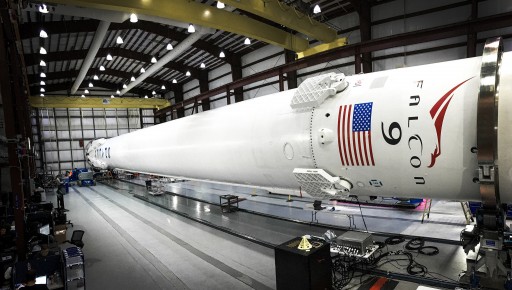
Because of delays to the OG2 mission, SES-9 was not expected to fly before the new year, however, throughout January no news emerged through official channels regarding the status of the launch. Speculations arose in January that SES would not fly until late February or early March, causing some concern among SpaceX’s customer base since a number of satellite operators as well as NASA are counting on SpaceX managing to deploy their spacecraft on schedule to avoid financial losses.
SES initially aimed for launch in the fourth quarter of 2015 and the company’s 2016 revenue forecast included substantial revenue generated from the commercial operation of SES-9. With the launch heading into 2016, SES announced the SES-9 satellite would enter Operational Service early in the third quarter.
In a press release issued on Monday, SES said that the launch profile of SES-9 would be modified in order to keep the Operational Service Date for the satellite, reducing the time needed by the satellite to reach its orbital slot in Geostationary Orbit.
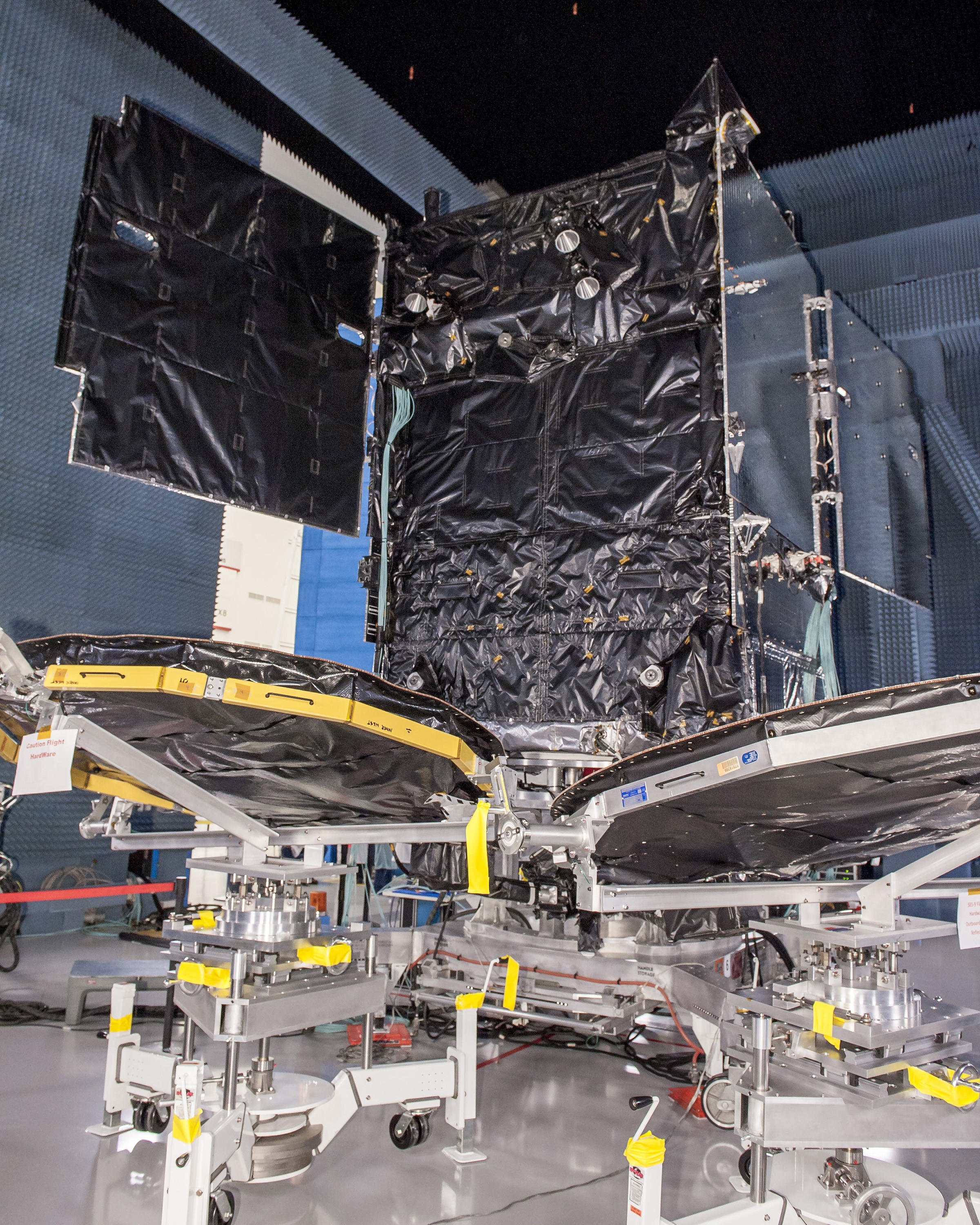
No details on this mission modification were given, but SpaceX has the ability to provide additional performance by modifying the planned first stage return to a floating platform in the Atlantic Ocean. Increasing the first stage burn time during the primary mission will result in the satellite being delivered closer to its operational orbit, though it would require the Falcon 9 first stage to shorten its boost-back maneuver and land further downrange.
SES-9 has a launch mass of 5,300 Kilograms and hosts an all-Ku payload comprised of 57 transponders to deliver Direct-to-Home television services, extensive mobile backhaul reaching remote locations, VSAT services, and mobile communications services with seamless coverage across frequented aeronautical and maritime traffic routes across the Indian Ocean and Asia-Pacific Region.
The Boeing-built SES-9 spacecraft hosts chemical and electrical propulsion systems. To quickly raise its orbit, SES-9 will first employ the conventional chemical propulsion system before the electric system is used for circularizing the orbit 36,000 Kilometers over the equator. The electric propulsion system will enable the satellite to support an extended in-service life, keeping its position at 108.2°E in Geostationary Orbit.
Pending the successful completion of the February 24 launch of SES-9, SpaceX hopes to significantly accelerate its launch pace and fly out its expected 2015 manifest with a Falcon 9 mission every few weeks plus inaugurating the company’s Falcon Heavy rocket in the late summer time frame.
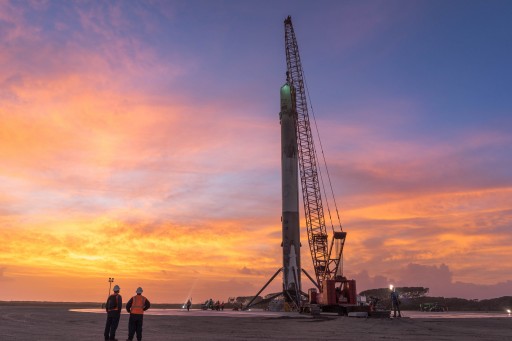
SpaceX President Gwynne Shotwell said earlier this month that 2016 would be the first year to see a high production rate at the company’s headquarters in Hawthorne, California. The target is to ramp up production to up to 30 cores per year to support Falcon 9 and Falcon Heavy missions. This number of cores produced per year will require SpaceX to manufacture hundreds of Merlin engines each year until core-stage reuse can be introduced into the regular operation of SpaceX’s launch vehicle fleet.
Shotwell also stressed that the Falcon 9 FT version is still a work in progress and modifications are made to the rocket’s systems based on data gathered in flight. The successful return of the core stage from the OG2 launch enabled SpaceX engineers to get their hands on hardware that experienced a complete ascent-descent cycle and modifications based on inspections of the stage and its short static fire conducted in January are being implemented for future Falcon launches.
The manifest lined up for Falcon 9 beyond the launch of SES-9 is not yet clear. NASA identified No Earlier Than April 1st as a tentative launch target for the Dragon SpX-8 mission to the International Space Station after the Cygnus OA-6 mission was delayed to March 20 to allow for additional cargo processing time.
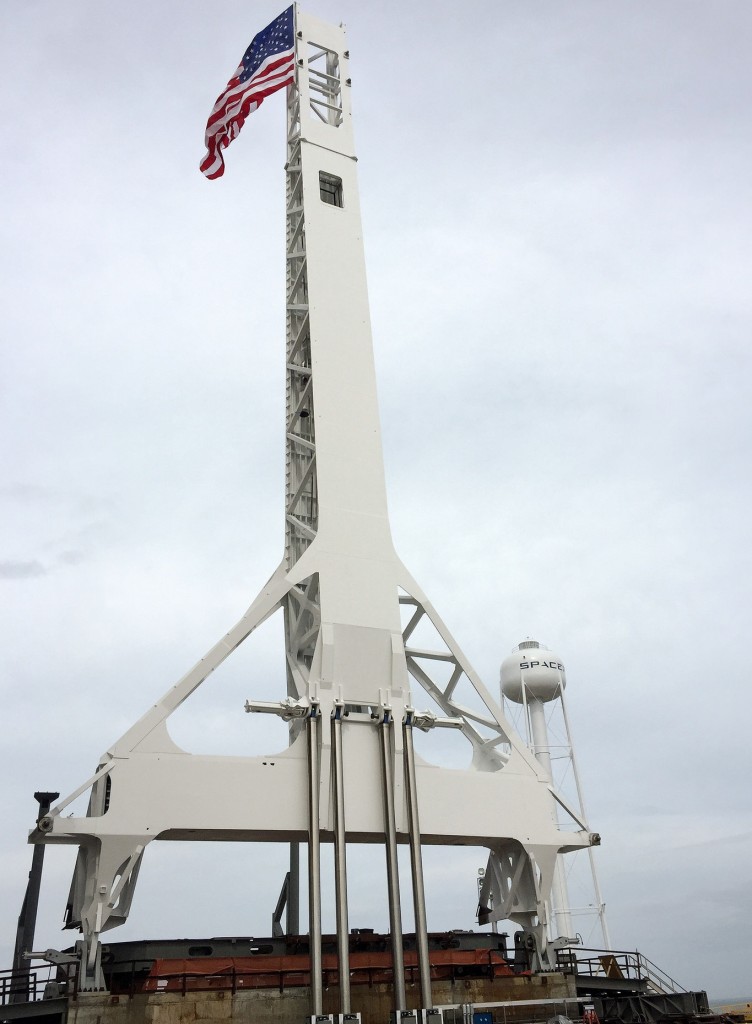
With SpX-8 slipping to April, SpaceX could fit another mission into the gap between SES-9 and the Space Station mission. Eutelsat and ABS are awaiting a two-payload launch atop Falcon 9 of the companies’ Eutelsat’s 117 West B and the ABS 3A satellites. The two satellites will be ready for a launch in March according to a statement of the two operators and satellite manufacturer Boeing.
Spacecom of Israel is awaiting the launch of the Amos-6 communications satellite in May and the JSAT Corporation is waiting for SpaceX to launch their JCSat-14 spacecraft. Also scheduled for the May/June time frame will be the Dragon SpX-9 mission to ISS.
The schedule outlined for Falcon Heavy calls for a launch in the late summer time frame, possibly by the end of September. Launch Complex 39A at the Kenned Space Center has been outfitted to support SpaceX’s heavy-lift launcher and the company shared photos of the 65-meter tall Transporter-Erector last week when it was taken out to the launch pad for testing. Pad 39A has been fully activated and the Integration Facility established at the complex was completed last year, ready to receive Falcon core stages.
SpaceX also reported that the schedule for crewed Dragon flights is holding for a first flight in 2017. An in-flight abort test of the Falcon 9 / Dragon launch system is planned later this year and an uncrewed test flight of the Dragon 2 spacecraft is set for 2017 to be followed by a crewed mission to the International Space Station.

